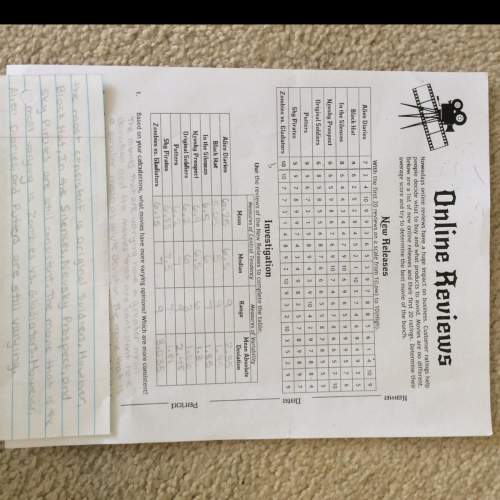
Mathematics, 15.12.2020 22:20 dessyrob05
A quadrilateral has vertices A(4, 5), B(7, 7), C(6, 8), and D(4, 7). The image of the quadrilateral has vertices A"(–6, 0), B"(–9, –2), C"(–8, –3), and D"(–6, –2).
Which transformations may have taken place?
A. T (-2, 5) r y=x
B. T(-2,5) R 0,180
C. r y=x T(–2, 5)
D. R 0,180 T(-2,5)

Answers: 3


Another question on Mathematics

Mathematics, 21.06.2019 16:50
The parabola opens: y=√x-4 (principal square root) up down right left
Answers: 1

Mathematics, 21.06.2019 19:50
How do i simply this expression (quadratic formula basis) on a ti-84 or normal calculator?
Answers: 3

Mathematics, 21.06.2019 21:20
Amajor grocery store chain is trying to cut down on waste. currently, they get peaches from two different distributors, whole fruits and green grocer. out of a two large shipments, the manager randomly selects items from both suppliers and counts the number of items that are not sell-able due to bruising, disease or other problems. she then makes a confidence interval. is there a significant difference in the quality of the peaches between the two distributors? 95% ci for pw-pg: (0.064, 0.156)
Answers: 3

You know the right answer?
A quadrilateral has vertices A(4, 5), B(7, 7), C(6, 8), and D(4, 7). The image of the quadrilateral...
Questions











SAT, 07.11.2021 09:30

Biology, 07.11.2021 09:30

Physics, 07.11.2021 09:30



Business, 07.11.2021 09:30

Social Studies, 07.11.2021 09:30






